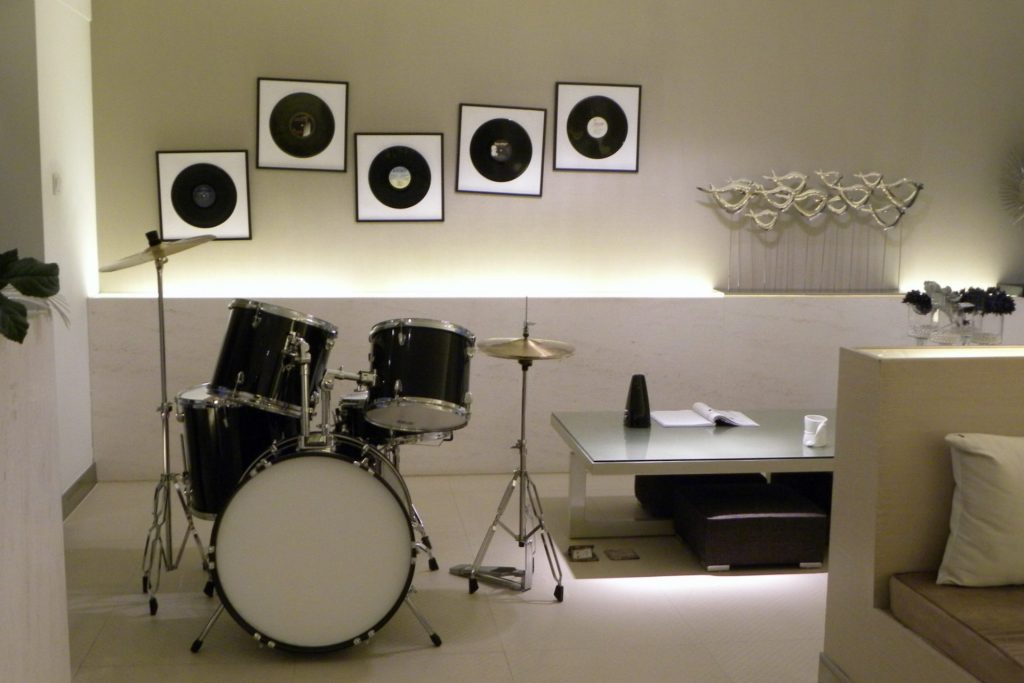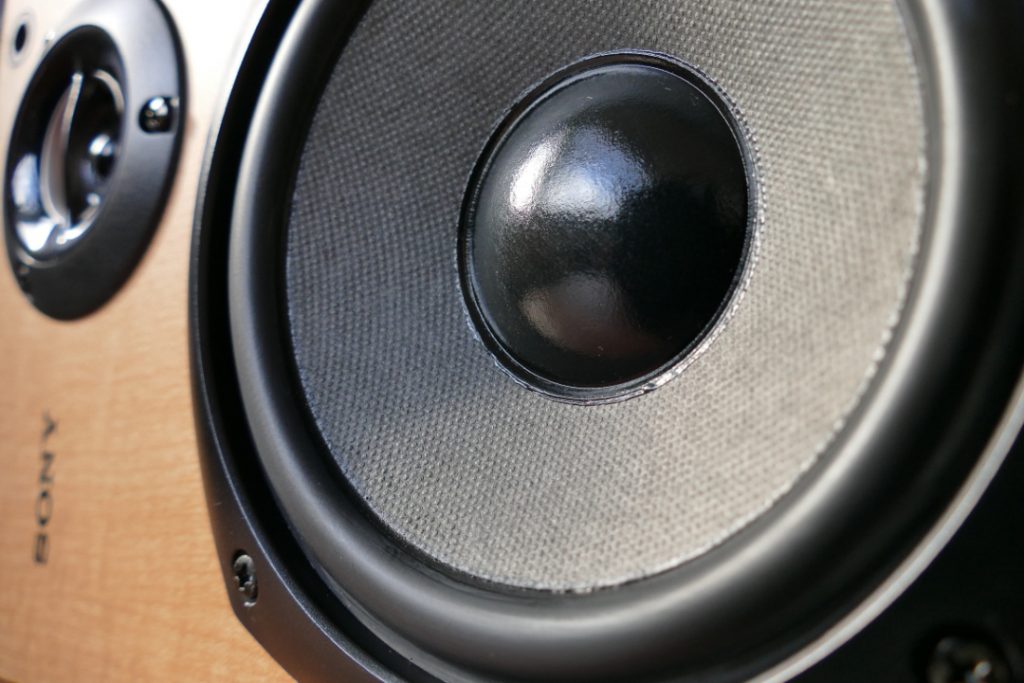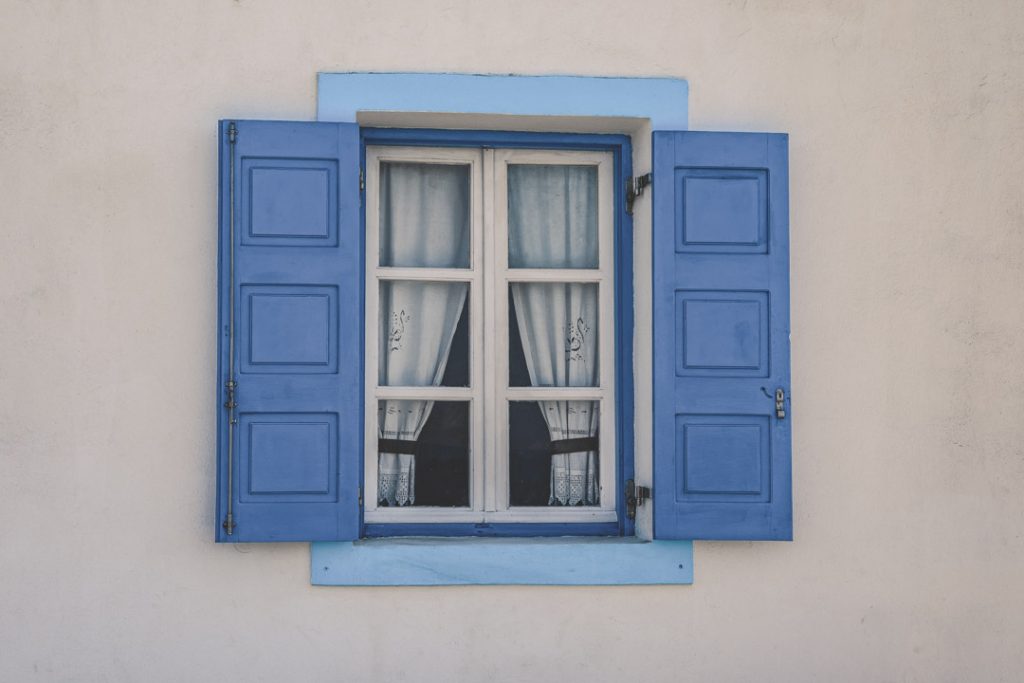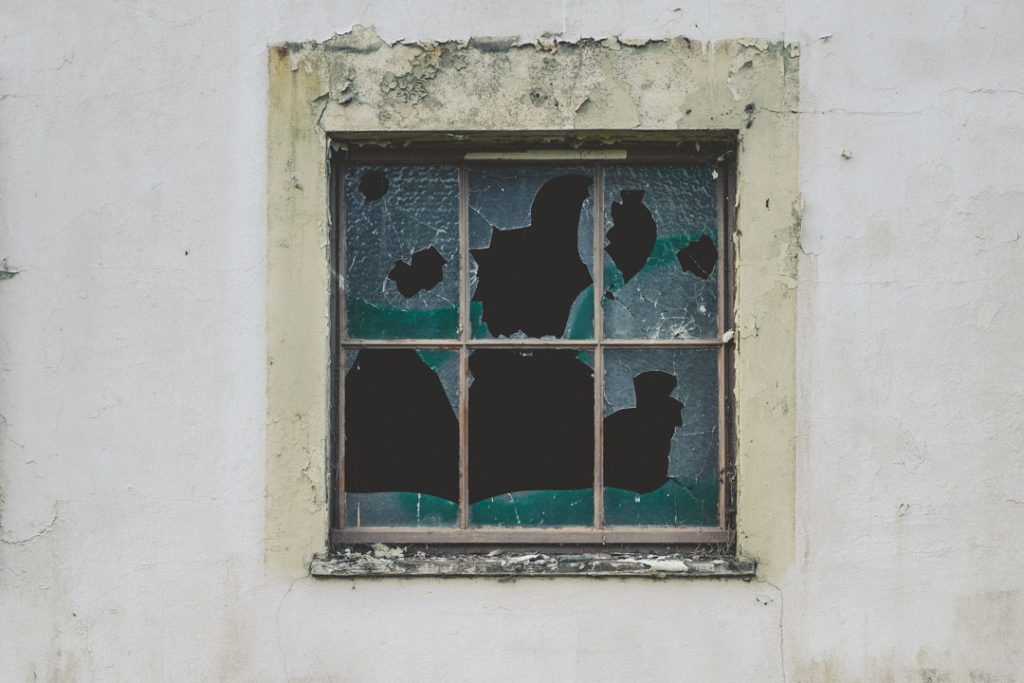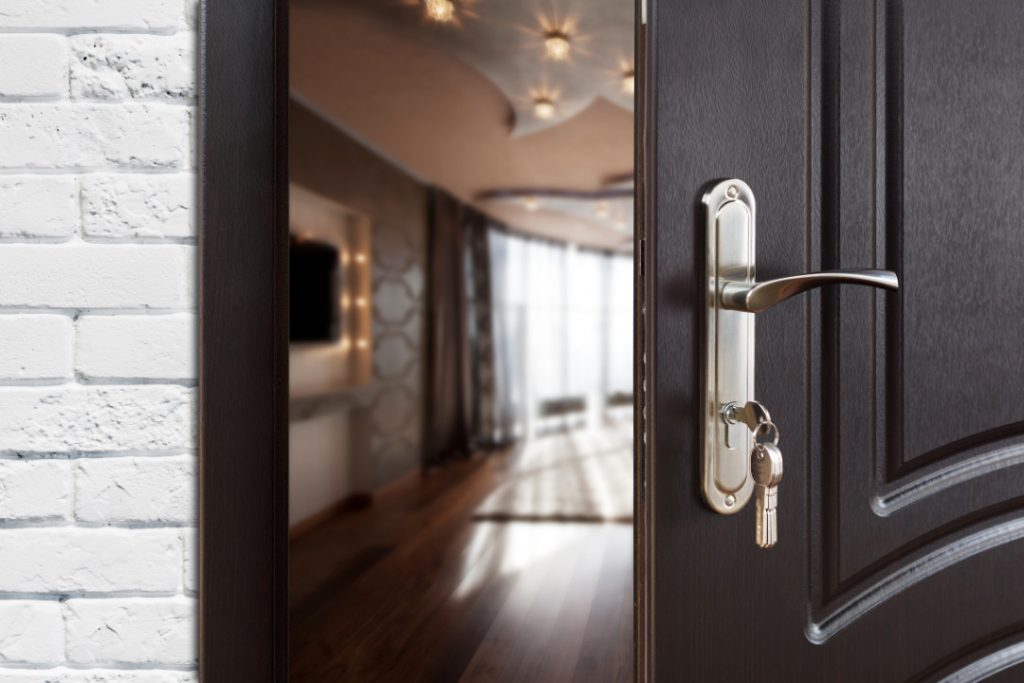Whether or not you need to soundproof the basement is a question that has crossed your mind. Yes, you do. You must. Basements are typically not considered to be unique rooms for most people. However, there are several inventive methods through which you may make good use of your basement. You can turn it into a home office, a pleasant nook, or even a perfect library for bookworms like me!
Basement Noise
Before you begin soundproofing a finished basement, first determine the noise you wish to reduce:
Airborne Noise
Airborne noise is caused by sound waves that move through the air. Examples of airborne noise sources include people talking, televisions, music, and HVAC systems.
Impact Noise
Impact noise is caused by sound waves that are created when two objects collide. Impact noise sources include footsteps, dropped items, and running machines.
The main way to reduce airborne and impact noise in a basement is to add mass to the walls and ceilings. The more mass you add, the better the soundproofing will be.
Three Reasons To Soundproof A Basement Suite
There are numerous reasons to soundproof your basement suite, including:
- Creating a noise barrier: Give your downstairs tenants peace, so they won’t hear you going to the kitchen at midnight for a snack.
- Increase your homes’ value: Soundproofing might increase the resale value if you know it is in good condition.
- You save on heating costs: Spray foam insulation also serves as a heat barrier, preventing heat loss in your apartment and saving you money on heating.
Basements are also utilized for mancaves, music rooms, and other secluded spots in your house. Soundproofing is straightforward with an insulating material to absorb or stop sounds from upstairs traveling down (and vice versa). If you want to make your basement a multi-purpose room, some form of soundproofing is a must.
How To Soundproof A Basement
Various soundproofing methods may be used once you’ve determined the sort of noise you wish to eliminate. We’ll go through a few of the several ways that soundwaves might get out and in your basement in this section.
Soundproof A Basement By Insulation
Sound transfer is reduced by utilizing insulation. Soundwaves are absorbed by insulation, so it will aid in the reduction of noise that you hear coming through the floor above you or your basement walls. It will also help to reduce the amount of noise that seeps out from the basement into the area above or next to it.
So, if you can easily access the gap between the ceiling and the floor above it or your basement walls, consider adding more insulation; blown insulation is the simplest method since it doesn’t require removing anything.

Start Small And Soundproof With Acoustic Caulking
Making it as airtight as possible is the key to soundproofing any space. Even the tiniest holes or gaps allow noise to flow. You can start small by caulking windows and doors, and then expanding to other areas.
Caulking is a sealant that’s placed in the crevices of two surfaces to keep them from moving or making noise. Acoustic caulk is specifically designed to stop sound from traveling through it. For the best results, use an acoustic sealant on all the areas where you have identified noise leakage in your basement.

Soundproof A Basement using Resilient Channel
The most typical approach to soundproof rooms is RC (resilient channel) clips placed on the ceiling and wall joists. Metal furring channels are then snapped into the RC clips, and the drywall is attached to them. Decoupling the drywall from the beams creates an air barrier that allows each side to vibrate independently, significantly reducing sound transmission.
Mass Loaded Vinyl
Vinyl that is “mass loaded” (also known as “bullet Vinyl”) is a dense yet malleable material. It’s usually infused with tiny metal particles to boost the weight of the substance. Soundproofing is aided by mass because it absorbs sound waves and prevents transmission into other spaces. As a result, MLV is a powerful technique for reducing airborne and structure-borne noise.
MLV can be applied to the walls and ceilings of your basement. Make sure you measure the area where you’ll be putting it and cut the material to size before installing it. nOnce in place, fasten it to the surface using nails, screws, or tacks. You may also improve soundproofing by applying Green Glue to the surface before installing your MLV.
Soundproofing The Basement Ceiling
One way to absorb airborne noise is by using an absorbent material on the ceilings and walls. Porous materials work by trapping the sound waves and dissipating them to no longer be heard. Several types of materials can be used, including fiberglass insulation, this type of insulation is made of tiny glass fibers that are suspended in a resin. It comes in batt, blanket, or loose-fill form. The fiberglass insulation will fill all the nooks and crannies to stop sound from traveling through the wall or ceiling when it is installed.
To soundproof a ceiling, you must use additional mass to block or absorb airborne sound vibrations. Then it would help if you disconnected the levels’ paths of mechanical sound vibrations so they cannot travel through joists and supports. The most difficult pathways are those flanking noise may take because they are indirect. Interior basement walls, HVAC, and plumbing should be planned out and treated with soundproofing materials that dampen or absorb sound to obstruct the routes sounds can travel. Choosing the suitable noise-reducing material for your basement ceiling depends on what you have to work with. It’s challenging to insulate above a drywall ceiling without removing all or part of it. A drop ceiling may be removed, and the ceiling soundproofed, making it even easier. If your basement ceiling is unfinished, such as by joists, ductwork, and visible plumbing, soundproofing is even simpler.
Conclusion
There are several methods to soundproof your basement. The essential thing to do is fill any cracks or holes in the area, allowing sound to escape and enter. You may use the resilient channel, mass-loaded vinyl, and acoustic caulk to reduce noise transmission. You can also add insulation and soundproofing materials if you have an unfinished basement ceiling.

